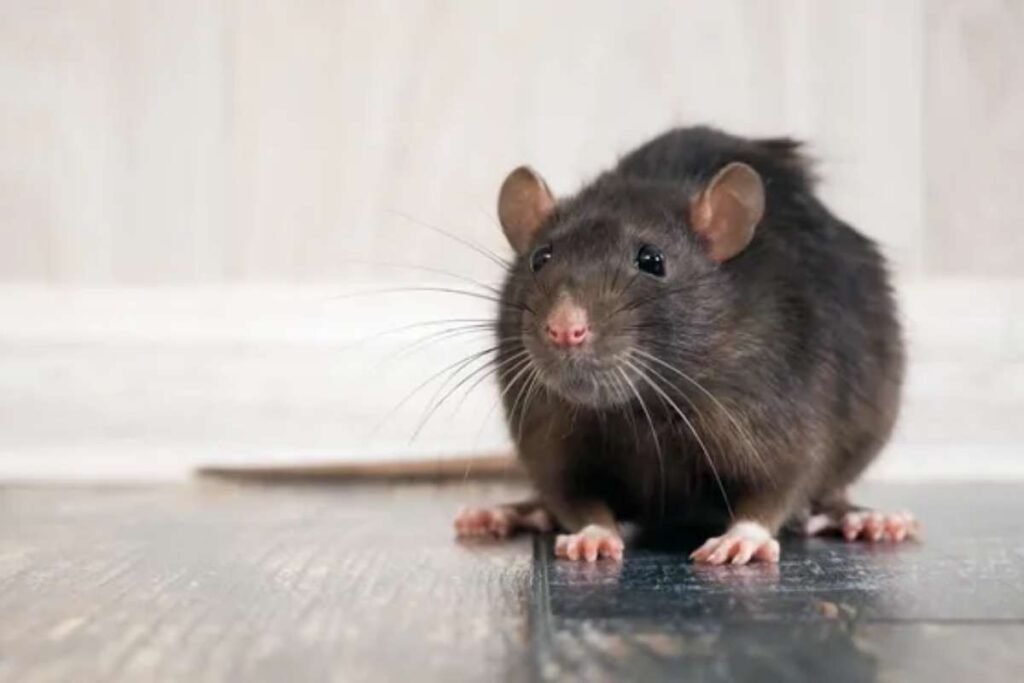Health experts are urging caution following the confirmation of two new hantavirus cases in Nevada, a rare but often deadly illness linked to rodent exposure. The disease, transmitted primarily through inhalation of aerosolized particles from rodent urine, saliva, or feces, has killed between 30% and 50% of those infected. The recent cases raise the national tally to 864 since 1993, sparking concerns among public health officials, especially as warmer weather encourages outdoor activity and rodent movement.
Hantavirus was first identified in South Korea in 1978 and remains uncommon in the United States, with fewer than 50 reported cases annually. Yet the recent infections serve as a stark reminder of its dangers. Most at risk are individuals working or spending time in cabins, barns, sheds, trailers, or garages spaces where rodents like deer mice might have nested during colder months. Early symptoms include fever, fatigue, and muscle aches, and the illness can escalate to hantavirus pulmonary syndrome (HPS), a severe respiratory condition that causes the lungs to fill with fluid. hantavirus pulmonary syndrome proves fatal in 38% of symptomatic cases.
Melissa Bullock, Nevada State Medical Epidemiologist, emphasized the need for vigilance: “We urge people to be aware of any signs of rodent activity and to take precautions to reduce the risk of exposure.” Preventive steps include ventilating closed spaces, avoiding the sweeping of droppings, using disinfectants to clean debris, and wearing gloves and masks during clean-up.
New Research Reveals Hantavirus Is Spreading More Widely Than Thought
While deer mice have long been considered the primary carriers of hantavirus in North America, new research from Virginia Tech hantavirus pulmonary syndrome reveals the virus may be more widespread among rodent populations than previously understood. The study, based on data from the National Ecological Observatory Network, tested over 14,000 blood samples from 49 rodent species collected across 45 U.S. locations between 2014 and 2019.
Although deer mice accounted for 79% of the positive cases and are linked to 90% of human infections, antibodies were detected in six additional rodent species not previously associated with the virus. Surprisingly, some of these new host species exhibited infection rates between 4.3% and 5%, higher than those found in deer mice.
Virginia emerged as the state with the highest rodent infection rate at nearly 8%, four times the national average. Colorado and Texas followed with significantly above-average rates, reinforcing their status as hantavirus hotspots.
Public Health Implications and Outlook for Monitoring
This expanded understanding of hantavirus ( hantavirus pulmonary syndrome ) HPS distribution could reshape how public health agencies assess risk and monitor Hantavirus Surge After New Cases outbreak . Researchers believe these findings are crucial for predicting where and when the virus might resurface, especially in areas where deer mice are not commonly found.
“This new information is expected to help us understand where and when hantavirus is most likely to occur, which is crucial for predicting outbreaks and informing public health officials,” said Mr. Paansri, one of the study’s contributors. He added that insights gained from this study could be applied more broadly to tracking other wildlife-borne diseases globally.
As climate patterns shift and rodent habitats expand, health experts stress the importance of public awareness, improved surveillance, and proactive prevention to reduce the risk of future outbreaks.









